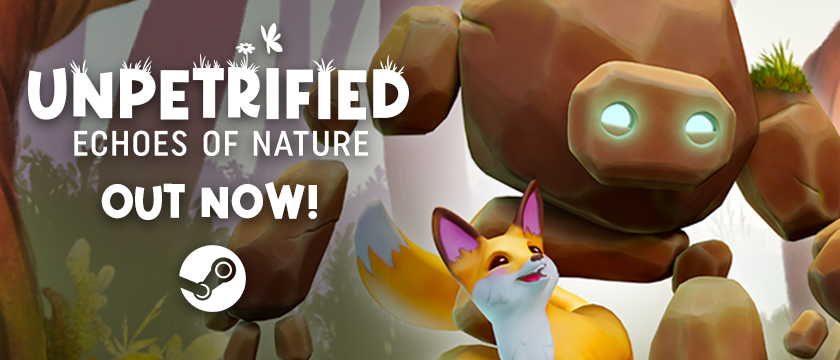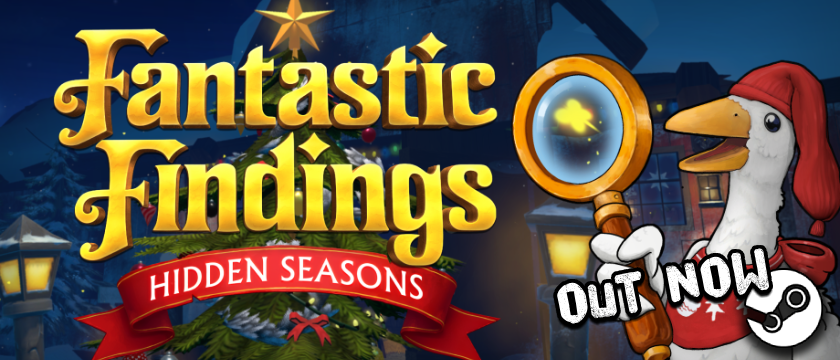Game: Kwaidan ~Azuma Manor Story~
Genre: Action-Adventure
System: Nintendo Switch (also on PC and PS4)
Developer|Publisher: Dico, Gudouan | RAINYFROG
Age Rating: EU 16+ | US Teen
Price: UK £19.99 | EU € 24,99 | US $24.99
Release Date: August 20th 2020
Review code used with many thanks to RAINYFROG
The Days of Tank Controls
Being the older gamer goat that I am, nostalgia is pretty strong for games of old like the original Resident Evil. No, not the good-looking remake which was additionally remastered for newer systems (including the Switch). I’m talking the old blocky bliss that released on the original PlayStation all those years ago. While the game certainly had its problems, like the tank controls that many players had issue with, and the graphics have aged poorly, Resident Evil is still a game I return to on an almost yearly basis, regardless of the warts.
When games like Kwaidan come along, one undoubtedly judges it based on its appearance. But if you have a fondness for the old days or just something different, there might be something here for you.

A House, Demons, and a Frog?
You play as Haruka, who is having a lesson with her teacher one fateful night. When a giant snake-like demon suddenly attacks and turns your teacher into a frog! You also discover that a manor close by has become infected with Yoki (demons). It’s up to Haruka and her now-frog teacher (who spends a fair amount of the game on Haruka’s shoulder) to get to the bottom of everything.
The story is presented in text with no voice acting, which is not a big deal since this game was clearly made on a low budget. The story is just the right amount of silly to keep you engaged. You’ll pause for the occasional cutscene to advance the plot. Like the old Resident Evil games you can discover notes and books scattered around the place which expand the lore and story—a design choice often neglected by modern games, which is a shame.

I guess there is supposed to be an underlying horror vibe, but at no point in this game did I feel particularly scared. Though it certainly took me back to the early 2000s era in gaming, and that’s not a bad thing.

Point-and-Click Meets Action-Adventure
So, gameplay is interesting. As you have probably noticed from the screenshots, the game plays out on the left side of the screen while your inventory is quite prominently displayed on the right. The reason for this is that the game incorporates a point-and-click mechanic. Though, you control Haruka as you would expect for a survival horror-type game. If you hate tank controls, don’t worry; the game provides a more modernized version of the control scheme. You can attack and move about as you would expect from a modern game.

However, when you want to interact with anything in the game such as opening a door or picking up an object, you need to move a mouse cursor over the point of interest and click on it. Trouble with this is that you always need Haruka to be close to the object to interact with it. This makes for a rather irritating juggling act of moving Haruka close enough with the left Joy-Con stick while getting the cursor in the correct spot with the right stick.
It’s not so bad when the action is quiet, but when enemies are around or you’re trying to run away, it can be a real pain. I sometimes died as I was trying desperately to move the cursor over a healing item to heal, something which could be easily solved by the press of a button. It’s different, I’ll give it that. But it feels unnecessary.

Some Jank
The controls are generally OK. The game has a janky feel to it, reminiscent of the older games it takes inspiration from. Combat allows you to both attack, defend, and use two spells which will help you attack enemies above and below you. It’s all a juggling act of pressing the right button at the right time.
Fortunately, mistakes are allowed as you have a reasonable health bar and health items are hidden everywhere throughout the game. Remember to check those chests of drawers. You can also find wooden talismans around, which you can use to save the game or upgrade your spells and weapons at designated spots. So be careful not to save too much.

There are also boss fights which are initially quite tough. When the game begins, you start by fighting a giant snake demon, which was surprisingly hard. Often there is only a small window to hit the boss while you spend most the time learning their attack patterns and waiting for just the right moment. A simple enough design, but some fights felt like they dragged on far too long. Much like the regular enemies, boss fights are also repeated throughout the game, so don’t forget those patterns.

When you’re not fighting Yoki, you’re solving puzzles. Usually you find the item and interact with it in the right place. There are some real head scratchers in this game, which had me running around the manor for ages trying to figure them out.
The overall game is around four hours the first time through. You may struggle through the first playthrough, maybe saving too much or using too many health items. But after memorizing the locations of items, puzzle solutions, and boss patterns you’ll fare a lot better on a second playthrough.

Hidden Gem with Rough Edges
Despite all the faults of this game, I still kinda dug it. While the point-and-click design seems pointless, it’s different and something often not braved in game design. Kwaidan is a hidden gem with some rough edges. But if you’re able to look past them, there’s an entertaining experience here. I certainly hope this is not the last we’ve seen from this series.
Final Verdict: I Like it a Lot!





